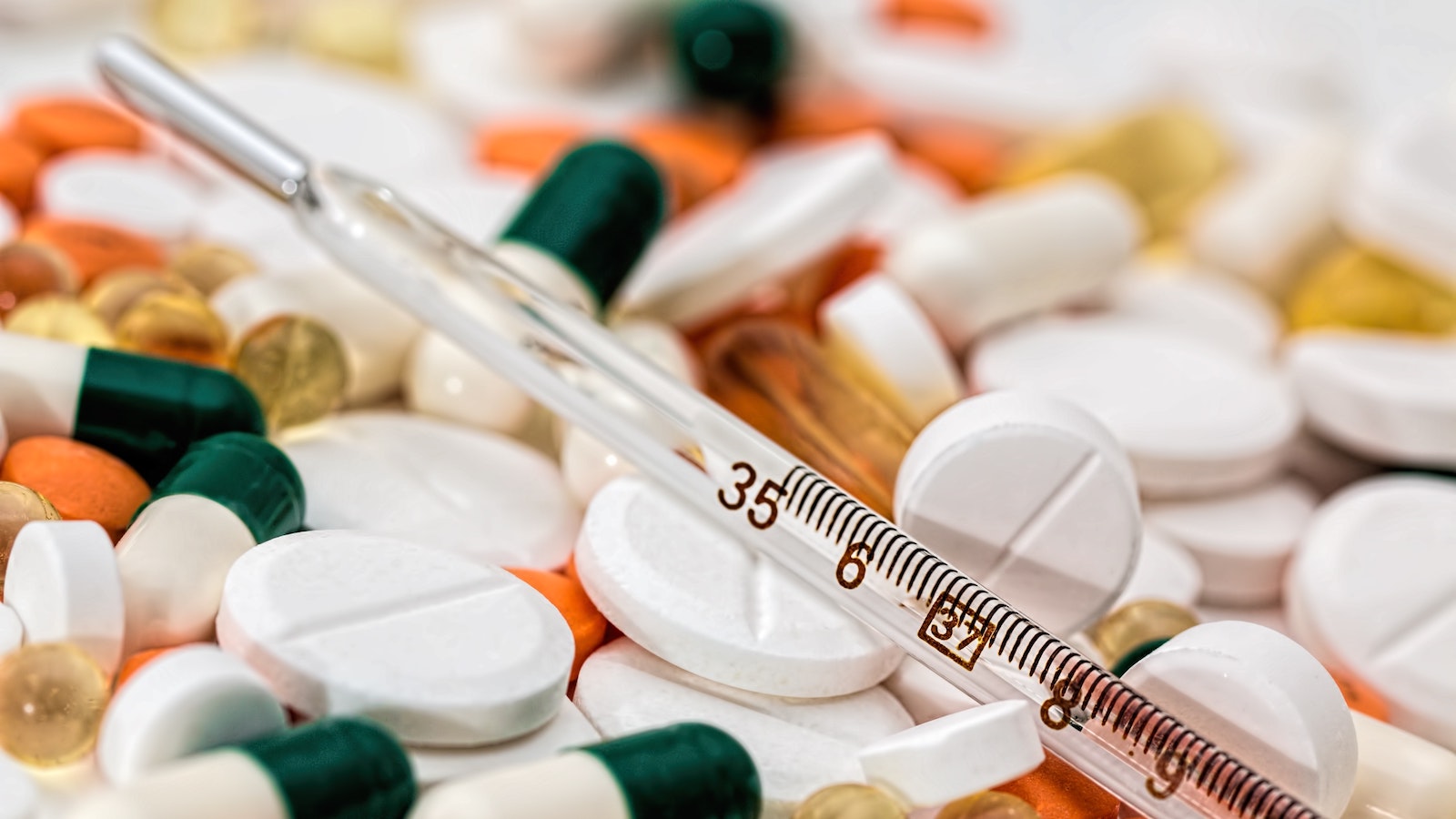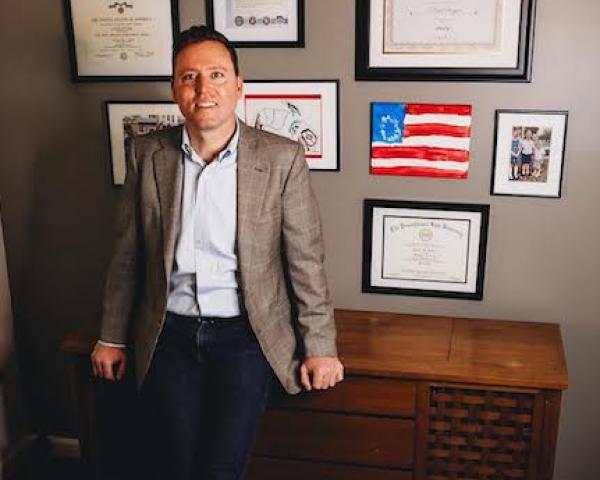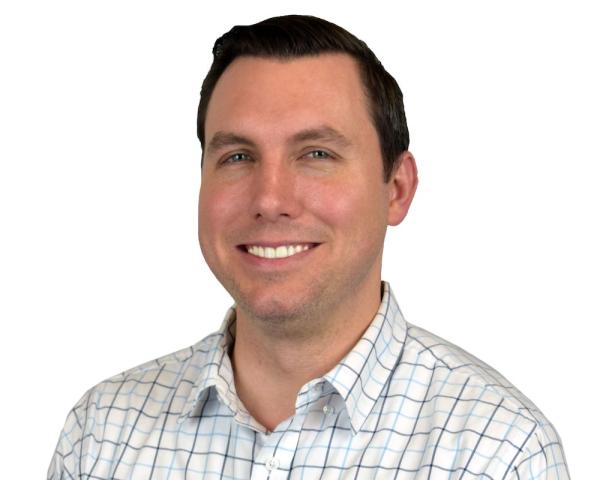According to recently published data by HealthView Services (healthview retirement hcare costs), a healthy, 65-year-old couple can expect to spend $662,156 in retirement on healthcare, and the situation is growing worse at an alarming rate with 12% inflation in the cost of healthcare projected for the next two years. After that, inflation is expected to return to its already high level of around 5.9%.
When we look at the various cost drivers within the industry, we see that drug costs are increasing at the fastest rate – and the industry raises prices semi-annually. At the beginning of 2022, prices went up an average of 6.6% in just six months, according to a report in the Wall Street Journal. WsJ drug increases
Two mega entrepreneurs have entered this very lucrative space: Amazon and Mark Cuban. Will they disrupt things in a way that delivers more efficiency and value for Americans?
To find out, let’s define the problems in the current system and assess whether Amazon's or Mark Cuban’s business models will solve them.
The largest problems in the current model:
1 - Rebates
Rebates are dollars that are paid to different players in the supply chain to get a drug added to the list that members can access with their insurance – the formulary. in many prescriptions, rebates account for 20% to 30% of the price that we pay when accessing them through our health coverage. Rebates can be as high as 60%. Insulin is a prime example. Millions of Americans rely on prescriptions like Lilly’s Humalog to manage their diabetes. A box costs $550. $330 is the rebate, and that leaves $220 as the actual price without the rebate. Lilly manufactures their own “authorized generic” of Humalog, Insulin Lispro. The generic sells for $250 and does not have a rebate. So… they make more from the generic than the brand.
To fix the high cost of prescription drugs in America, we will need to end rebates.
2 - Nonexistent Fair Cash Pricing
Pharmacies that take insurance (basically all pharmacies) are contractually prohibited from offering a cash price with a fair margin to consumers. These pharmacies are not allowed to offer a cash price that is cheaper than the “discounted” price that members get by using their insurance – even though many drugs would be dirt cheap if this were allowed. Take Montelukast (generic Singulair for asthma/allergies) as an example. The “cash price” that pharmacies can charge by their contracts is $400 for a 90-day supply. The “discounted/insurance price” is $25 for a 90-day supply, and the “fair cash price” is $34.50 for an entire year's supply. Put another way, price per pill of the manipulated cash price is $4.44 vs $0.095 fair cash price.
To fix the high cost of prescription drugs in America, we will need to enable fair cash pricing.
3 – High Pharmacy Markup on Generic Drug Costs
While the pharmacy benefit managers are piling onto the cost of brand and specialty drugs, some pharmacies (especially national chains) are having a similar impact on the cost of generic drugs. As an example, Atorvastatin (generic for Lipitor), when filled at a national pharmacy, can cost the health plan as much as $1/pill. In contrast, when the same drug is filled at the Costco or other discount pharmacy, the cost to the health plan is $0.06/pill. While these are both small numbers, they add up to very significant dollars throughout the system.
To fix the high cost of prescription drugs in America, we will need to gain transparency around generic drug pricing at the plan level.
See also: 11 Ways Amazon Could Transform Care
So, now let’s look at both Amazon Pharmacy and Mark Cuban Cost Plus Drugs (MCCPD) to see if they solve these problems.
Rebates:
When we look at each of these drug companies, we see that Amazon pharmacy does not disrupt the rebate model that inflates the cost of many drugs in our system. MCCPD is only dealing in around 278 generic drugs at this point, so rebates are not yet applicable.
Fair Cash Pricing:
In the case of fair cash pricing, MCCPD is a disruptor while Amazon Pharmacy is not. MCCPD does not take insurance, and this allows freedom in determining a fair cash price. In their business model, they sell their list of drugs (about 100 generic drugs for now) at cost plus 15% as well as a $5 transaction fee and $3 for shipping.
High Pharmacy Markup on Generic Drug Costs:
As in the case of fair cash pricing, MCCPD is a disruptor in this area while Amazon is continuing the status quo. With MCCPD’s model of cost plus a 15% markup, they will deliver many drugs more competitively than traditional pharmacies.
After looking at both models, neither Amazon nor MCCPD has come up with a new idea, but Mark Cuban’s new company has the potential to bring much-needed disruption to the industry. While others have set up pharmacies that do not take insurance – and some have pricing that is even lower than MCCPD – none of them have had the resources or branding of Mark Cuban behind them… And, that could make all the difference.









